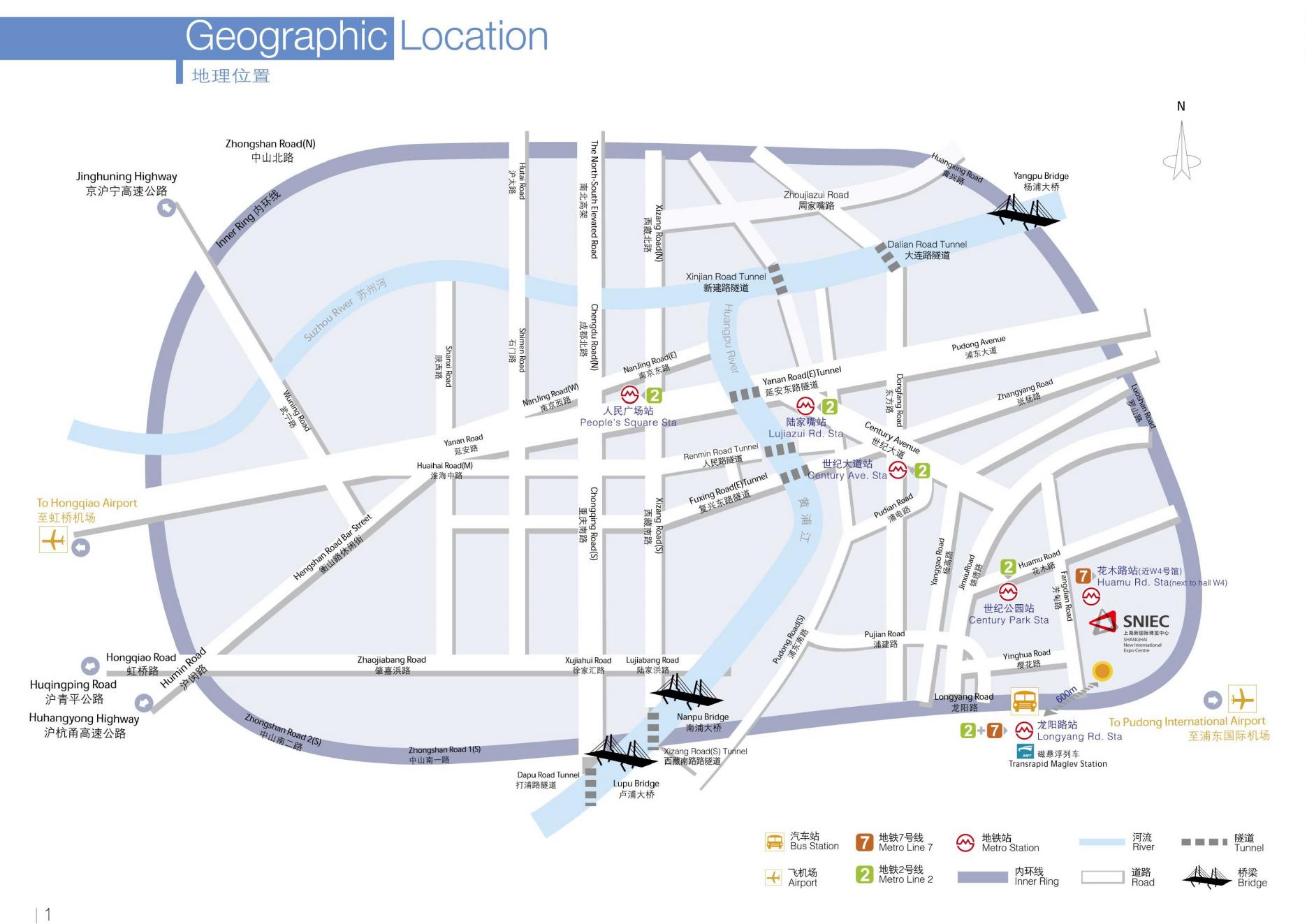Goodwill’s discount retail department is deploying RFID across its 27 stores to facilitate swift shopper transactions and track losses, enabling inventory checks and supply management.
In the past, weekend shoppers at Goodwill stores in New Jersey needed considerable patience while queuing. The lines snaked along the walls, with many carts filled with dozens or even hundreds of various items, ranging from jewelry, tools, and household goods to clothing and ceramics. Upon reaching the checkout, staff had to locate and scan each barcode individually. Consequently, some shoppers abandoned their laden carts, leaving empty-handed, resulting in revenue loss and staff having to restock items on shelves.
For Goodwill in New Jersey, this issue called for a technology-based solution. Over the past few years, the company has deployed an ambitious RFID-based system to track the inventory of 40,000 to 60,000 items per store, achieving more automated point-of-sale transactions, reducing customer wait times, and minimizing labor in stores.
How Goodwill Improved Itself Applying RFID aids in inventory management, providing visibility into inventory losses, and digitizing the consumption of store supplies. To alleviate pressure from excessive customer loads, Goodwill chose to deploy RFID within stores, phased rollout across its branches, including installing UHF RFID readers at sales counters and equipping carts with enclosed and shielded tag reading units.
According to Briley James Yetter, the Technology Director at Goodwill New Jersey, some exit points also feature antennas, along with handheld readers used by staff for inventory capture.
The solution, provided by RES RFID, includes development, hardware, software, and RFID tags. MasterTel USA serves as the project’s consultant.
Addressing Unique Challenges in the Secondhand Retail Industry Goodwill has 165 different chapters across the United States, but the New Jersey chapter is the first to adopt RFID technology. Within this chapter, each store has thousands of donated or warehouse-shipped items that do not conform to standard SKU management.
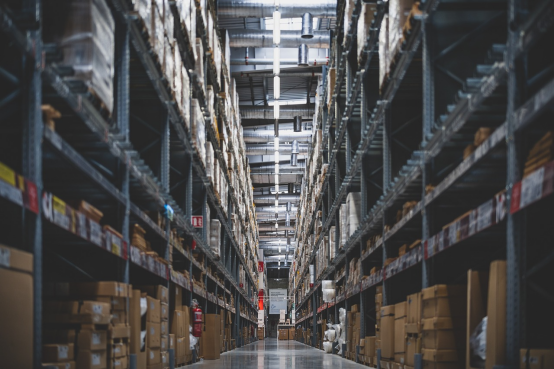
Facing all these challenges, the New Jersey chapter of Goodwill, with its 27 regional stores, acts as a technology pioneer. Yetter says that RFID usage in this chapter extends beyond the more typical inventory management adopted by most retailers.
Reducing Customer Wait Times is Key For Goodwill, the primary concern is shortening customer wait times. Mark Boyd, CEO of Goodwill New Jersey, wanted to introduce RFID technology in stores to speed up checkout times.
By embedding RFID readers at each checkout point (typically three to four per store), employees can pass a bunch of items across the reader and then bag the products or place them directly back into the cart. A list of items and the total cost are displayed to customers, who then provide payment, all completed within seconds.
So far, the results show that RFID usage has a significant impact on purchase time. The company reports that, based on testing and comparing manual checkout with the RFID system, stores have found they can save 10,406 hours of checkout time annually, based on about two million transactions.
Integrating Readers into Rooms Goodwill New Jersey has been testing readers in the form of cart tunnels to assist with the weekly “checkout process,” where sales clerks can push a full cart of products into a reading booth and then press a button to begin scanning.
Within about 10 seconds, they retrieve the cart from the tunnel, and all items are removed from sales inventory. The same process can be used for product transfers (such as from warehouses to stores or between stores).
Additionally, the company is testing a self-checkout version where RFID readers are embedded in self-service kiosks.
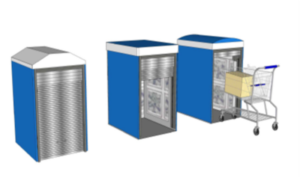
Yetter says, “They no longer need to take everything out and scan each one individually; they can put their blue plastic shopping basket into the box filled with merchandise, or grab a handful of items and put them into the box, and the reader will quickly scan all the items.” Shoppers can view the list of items, including the total cost, complete payment, and take away their receipt.
Goodwill’s Pilot Program The Goodwill group is also collaborating with Fujitsu to use a pass-through RFID reader tunnel consisting of two shoulder-high antennas, through which shoppers pass as they leave the store.
At the end of the tunnel, a screen displays the purchase list, and the user then completes payment.
To integrate RFID into the sales process, Goodwill New Jersey is partnering with a new software solutions provider, which has been able to develop customized software for the secondhand goods industry to fully leverage the value and advantages of RFID, Yetter says that although this transition delayed the technology’s rollout, such software will further enhance store efficiency.
Managing a Variety of Inventory Now, managing sales products is just part of Goodwill New Jersey’s goal; another aim of existing technology is to begin understanding all items leaving the store, especially those not purchased.
Yetter says, “We believe that through RFID technology, we will see the greatest return on investment [ROI] in measuring inventory losses.”
Until now, Goodwill stores have had no quantitative calculations for economic losses due to miscounts and thefts of items leaving the store. Therefore, the company has installed RFID panels at the entrances of several stores, reading all RFID tags held by departing customers to complete off-site inventory management of goods.
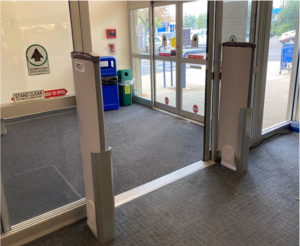
Unsold items are identified by the solution software. Goodwill New Jersey receives daily, weekly, and monthly reports showing all items passing through the stores and related trends.
The data indicates that stores average losses of about 8 to 10% of inventory, which amounts to approximately $5 million in losses annually for the company as a whole.
Therefore, Yetter says, “We have begun to leverage this data and take action… we are considering adding additional loss prevention resources to the stores.” This could include alarms and lighting as deterrents, as well as extra security personnel.
Warehouse Management Goodwill New Jersey is leveraging RFID technology to better manage asset allocation from central warehouses to individual stores. Items such as tissue paper, rubber bands, tape, and gloves, which are store consumables, are transported to stores for staff use when orders are placed, but data transparency for this process is low.
Yetter says, “Everything was done through paper documents,” and in many cases, this led to overstocking, such as a store requesting toilet paper every two weeks but receiving a six-month supply.
Tagging these items for marking also requires some adjustments to the tags. RES has created a foam-based anti-metal tag application for metallic goods.
For RES, which provides RFID solutions for retailers, there are some key differences between Goodwill New Jersey and some “standard” retailers.
At Goodwill New Jersey, “each item is a unique SKU. Therefore, at any given time, they may have over 60,000 SKUs per store,” says Neco Can, President and CEO of RES. As each item is unique, he points out that the content of RFID tags must be input at the store or donation center. “Therefore, we must have a tag inventory at each store.”
The company underwent a series of R&D processes to identify and select appropriate RFID tags and tag designs to mitigate potential issues with encoding errors, calibration problems, and tag switching. “Tags are the most critical part of this puzzle,” Yetter says.
Visualizing the Sales Process with Color-Coded Tags Goods sold by Goodwill use tags of different colors, with prices adjusted based on color codes. For example, red tags might be discounted on specific dates. Consequently, stores not only need to print product labels but also require five different colors of tags and hangers. This means printing labels on different colored tags and then categorizing them into the software.
Labeling many types of products also requires some adjustments to the tags. RES has created a foam-based anti-metal tag application for metallic goods.
This paper is from Ulink Media, Shenzhen, China, the organizer of IOTE EXPO (IoT Expo in China)
Join us next year in Shanghai, and let’s shape the future of technology together!
To register IOTE 2024 Shanghai station:
https://eng.iotexpo.com.cn/sh/Visitors.html?lang=EN&source=YJ1










